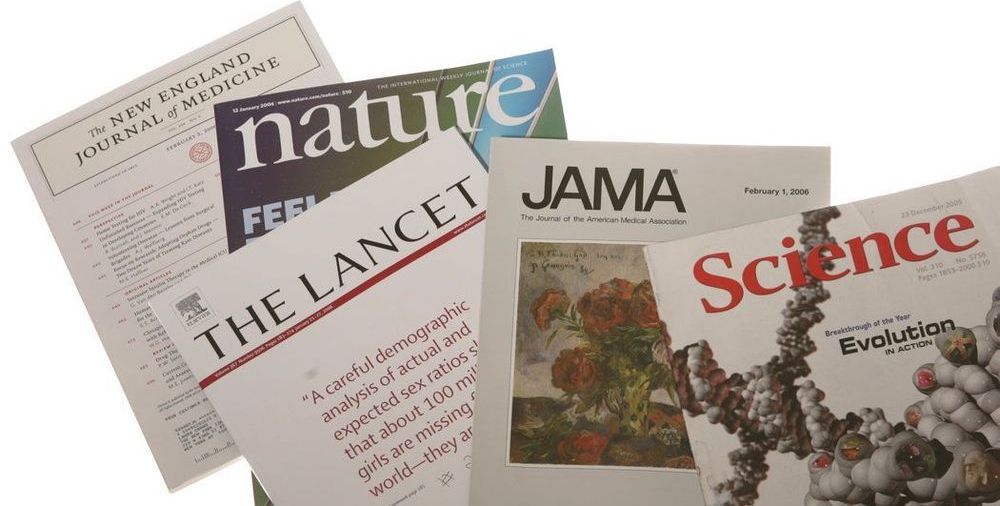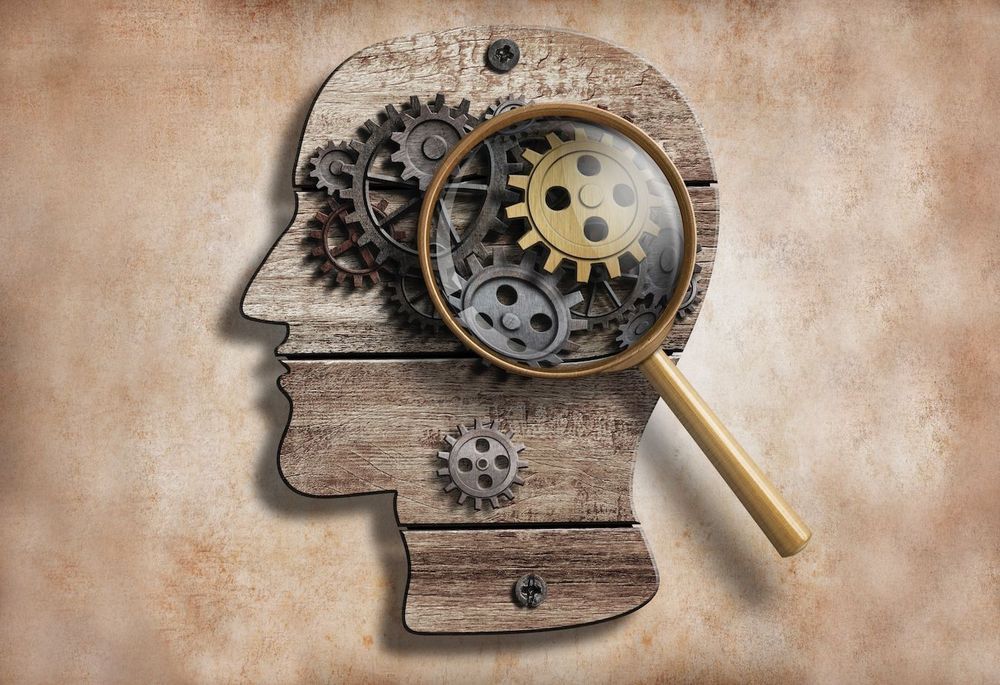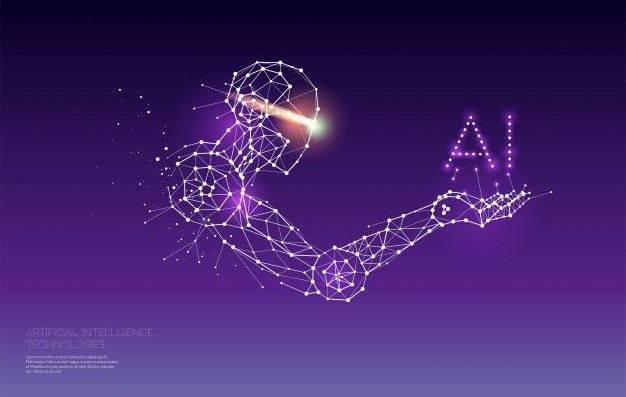Two studies point to a set of neurons that regulates states of torpor.



In July of 2015, the New Horizons spacecraft made history when it became the first robotic explorer to conduct a flyby of Pluto. This was followed by another first, when the NASA mission conducted the first flyby of a Kuiper Belt Object (KBO) on December 31st, 2018 – which has since been named Arrokoth. Now, on the edge of the Solar System, New Horizons is still yielding some groundbreaking views of the cosmos.
For example, we here on Earth are used to thinking that the positions of the stars are “fixed”. In a sense, they are, since their positions and motions are relatively uniform when seen from our perspective. But a recent experiment conducted by the New Horizons team shows how familiar stars like Proxima Centauri and Wolf 359 (two of the closest stars in our neighbors) look different when viewed from the edge of the Solar System.
Located in the constellation Leo, Wolf 359 is an M-type (red dwarf) star that is roughly 7.9 light-years from Earth. It can be found close to the same path the Sun follows through the sky (the ecliptic), but can only be seen with a telescope. And if you’re a Trekkie, you might recognize the name since it was where that major battle with the Borg took place (don’t act like you don’t know!)

A black hole, at least in our current understanding, is characterized by having “no hair,” that is, it is so simple that it can be completely described by just three parameters, its mass, its spin and its electric charge. Even though it may have formed out of a complex mix of matter and energy, all other details are lost when the black hole forms. Its powerful gravitational field creates a surrounding surface, a “horizon,” and anything that crosses that horizon (even light) cannot escape. Hence the singularity appears black, and any details about the infalling material are also lost and digested into the three knowable parameters.
Astronomers are able to measure the masses of black holes in a relatively straightforward way: watching how matter moves in their vicinity (including other black holes), affected by the gravitational field. The charges of black holes are thought to be insignificant since positive and negative infalling charges are typically comparable in number. The spins of black holes are more difficult to determine, and both rely on interpreting the X-ray emission from the hot inner edge of the accretion disk around the black hole. One method models the shape of the X-ray continuum, and it relies on good estimates of the mass, distance, and viewing angle. The other models the X-ray spectrum, including observed atomic emission lines that are often seen in reflection from the hot gas. It does not depend on knowing as many other parameters. The two methods have in general yielded comparable results.
CfA astronomer James Steiner and his colleagues reanalyzed seven sets of spectra obtained by the Rossi X-ray Timing Explorer of an outburst from a stellar-mass black hole in our galaxy called 4U1543-47. Previous attempts to estimate the spin of the object using the continuum method resulted in disagreements between papers that were considerably larger than the formal uncertainties (the papers assumed a mass of 9.4 solar-masses and a distance of 24.7 thousand light-years). Using careful refitting of the spectra and updated modeling algorithms, the scientists report a spin intermediate in size to the previous ones, moderate in magnitude, and established at a 90% confidence level. Since there have been only a few dozen well confirmed black hole spins measured to date, the new result is an important addition.

I remember I looked over a study from the Lancet. I questioned it. I have also read other studies, and I have questioned them. At least I know my questioning was within reason now. People can not spike studies and expect to get away with it, as the truth always comes out in the end.
Two major study retractions in one month have left researchers wondering if the peer review process is broken.


An element that could hold the key to the long-standing mystery around why there is much more matter than antimatter in our Universe has been discovered by a University of the West of Scotland (UWS)-led team of physicists.
The UWS and University of Strathclyde academics have discovered, in research published in the journal Nature Physics, that one of the isotopes of the element thorium possesses the most pear-shaped nucleus yet to be discovered. Nuclei similar to thorium-228 may now be able to be used to perform new tests to try find the answer to the mystery surrounding matter and antimatter.
UWS’s Dr. David O’Donnell, who led the project, said: “Our research shows that, with good ideas, world-leading nuclear physics experiments can be performed in university laboratories.”



While people usually put a lot of effort into finding a partner, recent research suggests that our bodies are choosy in their own ways. Chemical signals that are released by human eggs can attract sperm, and new work has shown that eggs also use these molecules to ‘select’ the sperm they want. The findings, reported in Proceedings of the Royal Society B, showed that eggs also don’t always pick the same sperm; eggs from different women can opt for sperm from different men.
“Human eggs release chemicals called chemoattractants that attract sperm to unfertilized eggs. We wanted to know if eggs use these chemical signals to pick which sperm they attract,” explained study author John Fitzpatrick, an Associate Professor at Stockholm University.